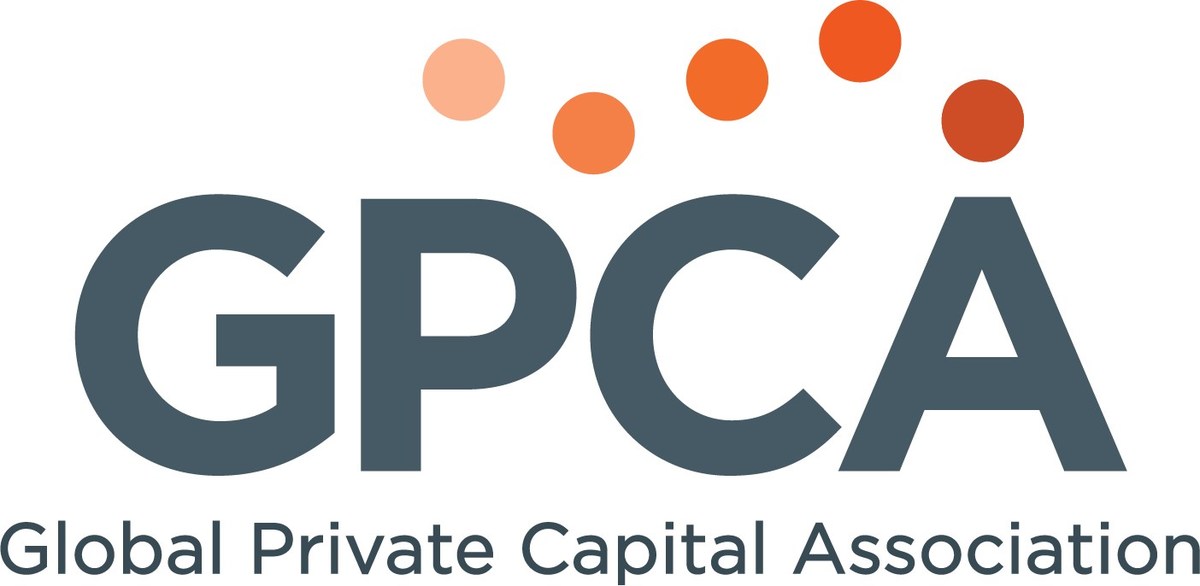Where We Work
Philippines
– McKinsey Global Institute 2018
Summary
The Philippines is considered a leader in gender equality amongst its Southeast Asian peers. Ranked 16 in the 2023 Global Gender Gap Index, the Philippines has a strong record on implementing progressive policies and laws, including regional agreements like the Declaration on the Elimination of Violence Against Women in the ASEAN Region (2004/2013) and the Declaration on the Gender-responsive Implementation of ASEAN Community Vision 2025 & the SDGs (2017).
However, these progressive results obscure ongoing challenges to gender equality, including gendered social norms that hinder women’s full economic participation. Women’s labour force participation is lower than the global and regional average, and they face a 28% gender pay gap. Women are under-represented in leadership positions in both the private and public sectors, despite higher levels of education, and are frequently paid less than men for comparable work. Education outcomes drive job segregation, with more men than women graduating in engineering, manufacturing, and construction courses. Many women work in the informal sector, with limited or no social protections. Filipino cultural norms see women undertaking the majority of unpaid housework and childcare, creating additional barriers for them to participate in paid employment.
Investing in Women works with local and regional organisations to tackle the challenges to greater economic participation by women in the Philippines.
Structural, economic, and socio-cultural challenges are inhibiting Filipino women from achieving economic participation

Economic Participation
- Philippines faces a 25.9% gender gap as female labour force participation rate plateaued at around 47.3% over the past two decades, in contrast to the 73.2% male labour force participation rate (ILO Modelled Estimates using latest data; last accessed: February 2024)
- The percentage of women in senior and middle management positions is 41.3%, compared to men at 58.7%. (ILO STAT using latest data; last accessed: February 2024)
- Women in the Philippines occupy 17.7% of board seats, 6.8% of CEO positions and only 4.6% of board chair roles, suggesting disparity at the very top. (Deloitte 2022)
- In the Philippines, women allocate 18.8% of their day to unpaid care and domestic work, while men contribute 7.2% to these activities. (UNWOMEN 2023)
- The Philippines has 31.5% of firms with female majority ownership and 29.9% with female top managers. (WEF 2023)

Educational Attainment
- Girls consistently outperform boys in school completion rates: 95% (girls) and 89% (boys) for primary school, 88% and 75% in lower secondary school, and 83% and 74% in upper secondary school. (UNICEF Data Warehouse using latest data; last accessed February 2024)
- For tertiary education in the Philippines, the gross enrolment ratio is higher for females at 37.8% compared to males at 29.4%. (ASEAN 2022, citing UNESCO Institute of Statistics using latest data)
- The Philippines has a participation rate of 36.3% for women graduating from tertiary STEM programs, representing their involvement in higher education within STEM fields. (World Bank 2020, citing UNESCO Institute of Statistics using latest data)

Health and Survival
- An adolescent birth rate of 34.8 per 1,000 women aged 15-19 indicates a prevalent early pregnancy issue that could impact young women’s health and limit their social and economic development. (WHO Global Health Observatory 2023)
- The Philippines sees 84.4% of births attended by skilled health personnel, suggesting a well-established practice that supports safer childbirth, though there’s an opportunity to expand this service to more births. (WHO Global Health Observatory 2023)
- Institutional births are fairly high at 77.7%, indicating a favourable condition for managing complications and ensuring skilled childbirth care. (WHO Global Health Observatory 2023)
- With 83.0% of women receiving antenatal care at least four times, it shows a strong engagement with healthcare services during pregnancy, which is vital for maternal and infant health. (WHO Global Health Observatory 2023)
- In the Philippines, intimate partner violence has affected 14.0% of women at some stage in their lives, with a significant proportion, 53.6%, hold the view that a husband has the right to hit or beat his wife. (OECD Data Explorer 2023)
- With 15.0% of women aged 20-24 entering marriage or a union before turning 18, there’s an indication of early marital practices that can impact women’s educational and economic opportunities. (WHO Global Health Observatory 2023)

Political Empowerment
- In the Philippines, women occupy 26.30% of ministerial level positions. (World Bank 2022)
- The country has shown a slight decrease from its peak representation of 29.4% of seats held by women in parliament in 2017, stabilising to 27.3% in 2023. (UNESCAP 2023)
- Filipino women’s representation in local government has remained consistent at around 29% from 2019 to 2023, suggesting a stable level of participation of women in local legislative bodies. (UNESCAP 2023)
Latest Resources
Gender Equality Assessment, Results, and Strategies – Analysis and Learning
Understanding the care economy in Southeast Asia
Closing the Gender Finance Gap
Investing in Women’s new phase continues the ambitious agenda of advancing women’s economic empowerment, and is envisioned to play a significant role in building a more cohesive, dynamic, sustainable and inclusive economy in Southeast Asia post-pandemic.






